Plan to save historic church buildings is 'urgently needed', warns National Churches Trust
In the past 10 years, some 3,500 churches have closed their doors, prompting a call to action to rescue those under threat.
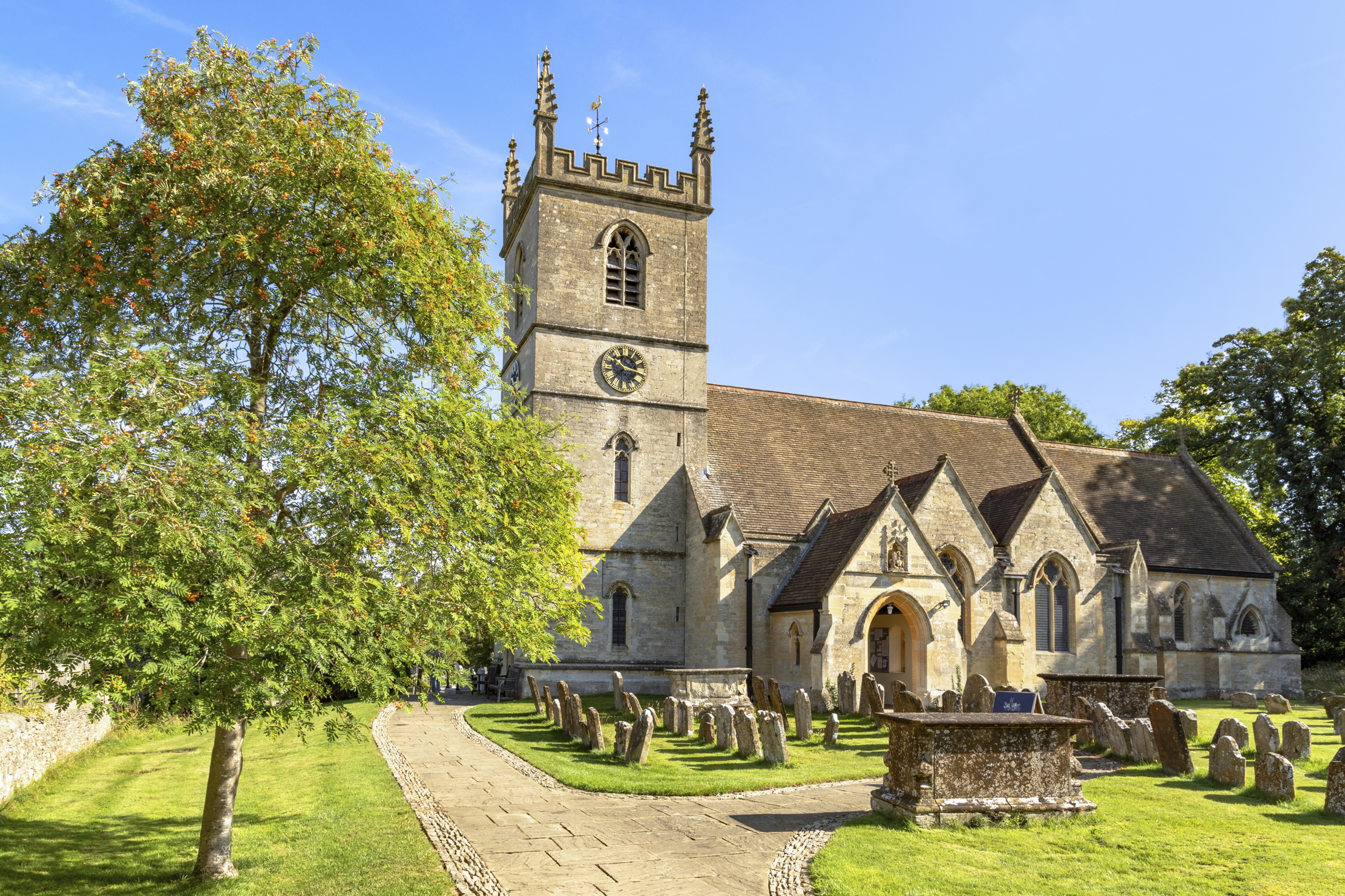

The National Churches Trust has launched its manifesto calling for urgent action to rescue the UK’s church buildings. ‘Every Church Counts offers a blueprint for how churches can be saved for the future,’ explains National Churches Trust chief executive Claire Walker. ‘With hundreds facing closure across the UK, a national plan is urgently needed… We are calling on Government, heritage organisations and Christian denominations to work together.’
Some 3,500 churches have shut their doors over the past decade. Of the 38,500 churches, chapels and meeting houses now open for worship in England, Scotland, Wales and Northern Ireland, 20,000 are listed; in England alone, 900 of these church buildings are on the Historic England Heritage at Risk Register. Currently, in Scotland, 30–40% of churches are set to close and, in Wales, a quarter have shut in the past decade (Books).
Measures proposed in the manifesto include, of course, procuring more funds, which could be aided by a Government-supported matched funding scheme. At the moment, the backlog of repairs for the Church of England’s churches is £1 billion, with the average maintenance cost at about £150 million a year. It’s estimated that additional annual public funding of £50 million is required.
'At the moment, the backlog of repairs for the Church of England's churches is £1 billion'
‘More support is especially needed for churches in more deprived areas, such as inner cities and coastal towns. These churches often do a tremendous amount to support local people, but struggle to raise money to repair buildings, with many facing closure,’ says Sir Philip Rutnam, chair of the National Churches Trust.
Also at risk is the ‘National Help Service provided by churches,’ continues Ms Walker. ‘With so many of them providing vitally important community services, from food banks to warm spaces, churches are crucial to the social and economic wellbeing of millions of people.’
The manifesto recommends that support officers be appointed across the country to assist the volunteers and clergy who care for these buildings, as well as encouraging tourists to visit historic churches, more community events and openings beyond service times.
There is a belief that, with the right focus from the next Government, these goals can be achieved. In 2019, the National Churches Trust’s manifesto (also just before a General Election) called for the renewal of the Listed Place of Worship Grants scheme, which enables churches to reclaim VAT on repairs, a request that bore fruit in 2021 with an extension to 2025. That manifesto also called for Government to clarify the legality of parish councils funding churches, which happened in 2023. Currently, with the help of an anonymous donor, the National Churches Trust is running a matched funding drive (up to £500,000) for 18 ‘Last Chance Churches’
Sign up for the Country Life Newsletter
Exquisite houses, the beauty of Nature, and how to get the most from your life, straight to your inbox.
‘This is the greatest conservation challenge facing Britain in the early 21st century,’ adds Country Life Architectural Editor John Goodall. ‘We’re already seeing in Scotland the large-scale abandonment of major historic churches and the situation in Wales is disheartening. We must do our very best to ensure this never happens at scale in England.’
Should politicians need further encouragement: ‘With 66% of UK adults agreeing that churches are important for society and 68% agreeing that they are an important part of the UK’s history and heritage, we are confident that saving the UK’s churches for the future has the overwhelming support of the public,’ concludes Sir Philip.
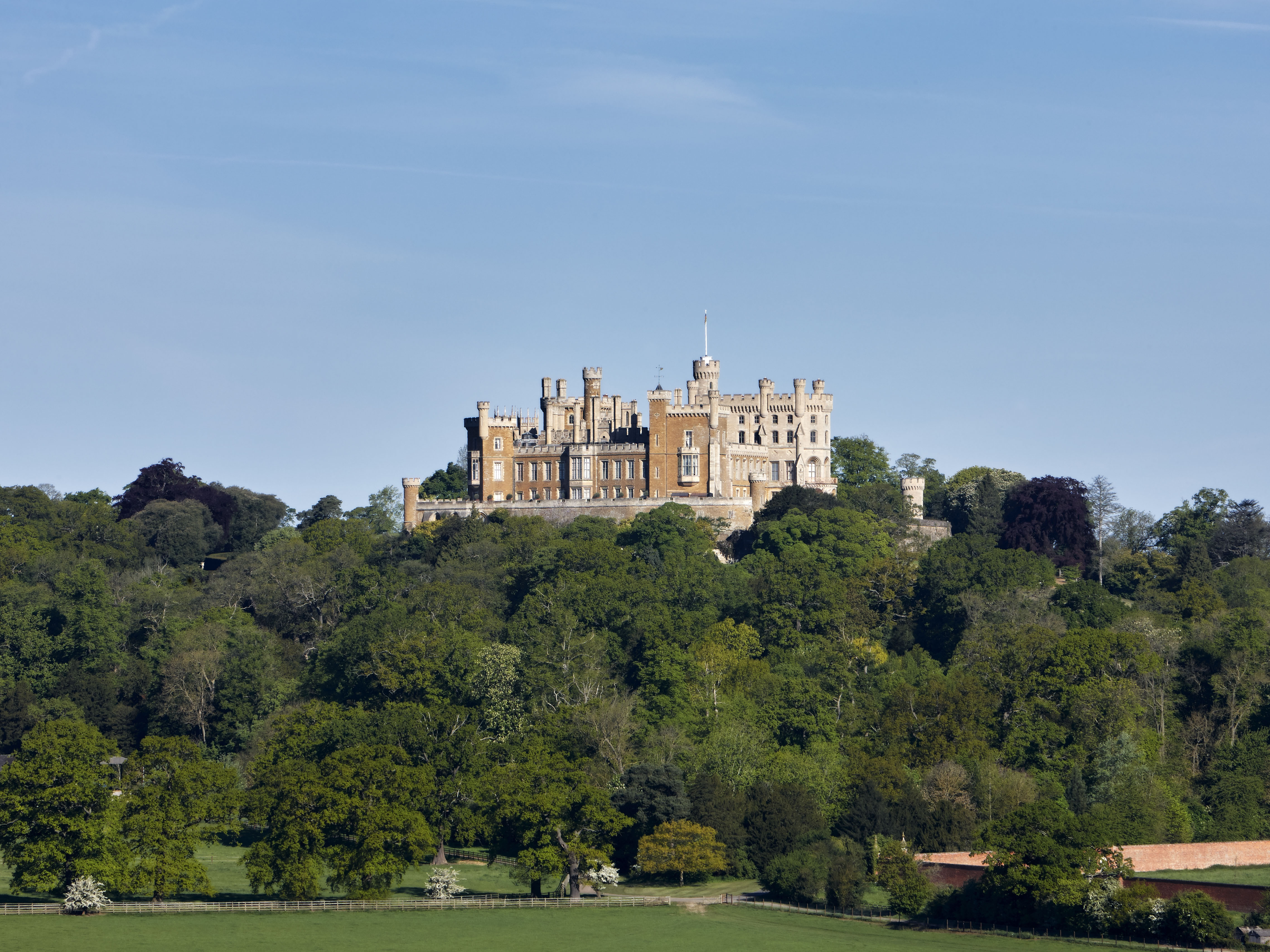
My five favourite castles, by Country Life's Architectural Editor John Goodall
Listen to Dr John Goodall on the Country Life podcast as he names his five favourite castles in Britain — and
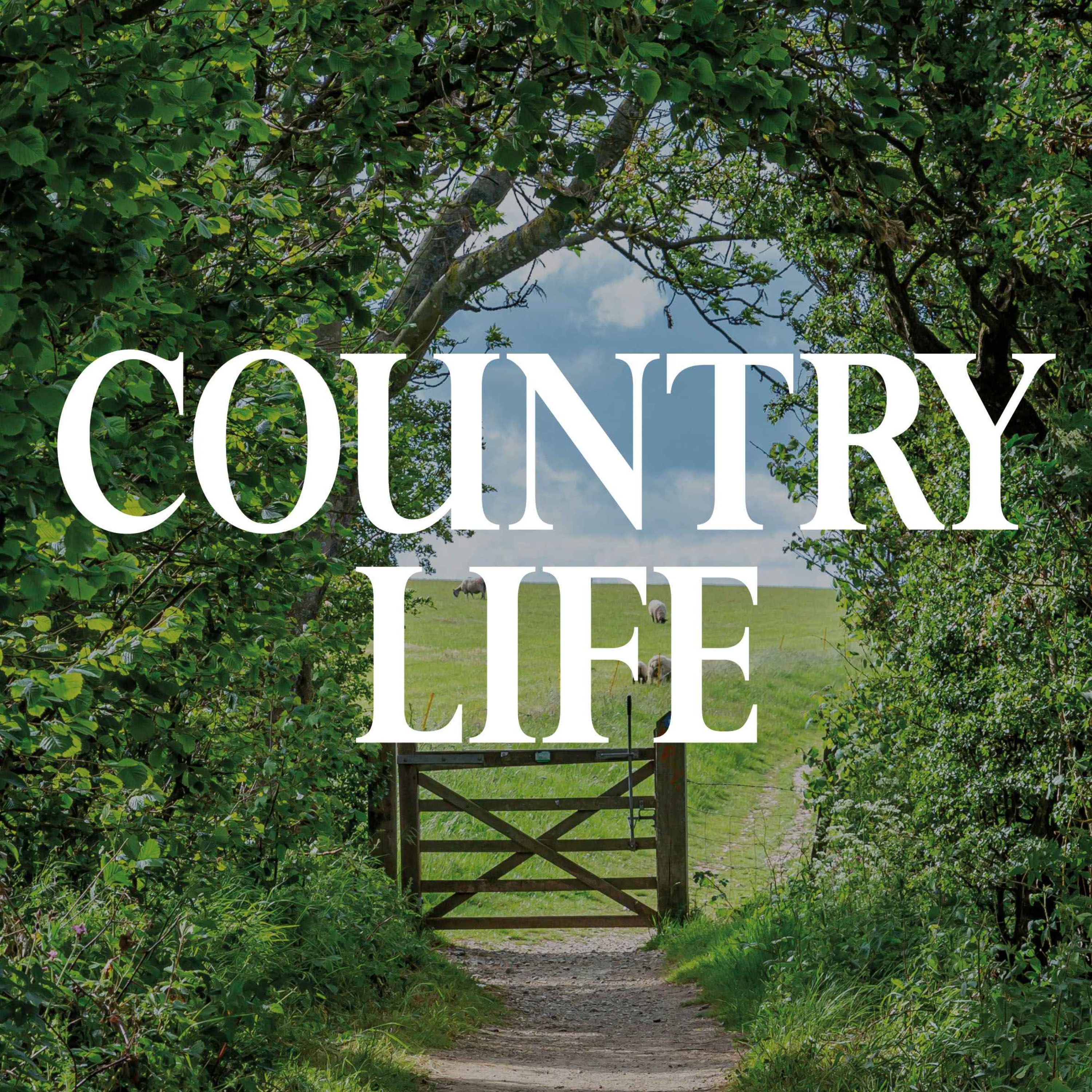
The Country Life Podcast
Listen to all the episodes of the Country Life Podcast.
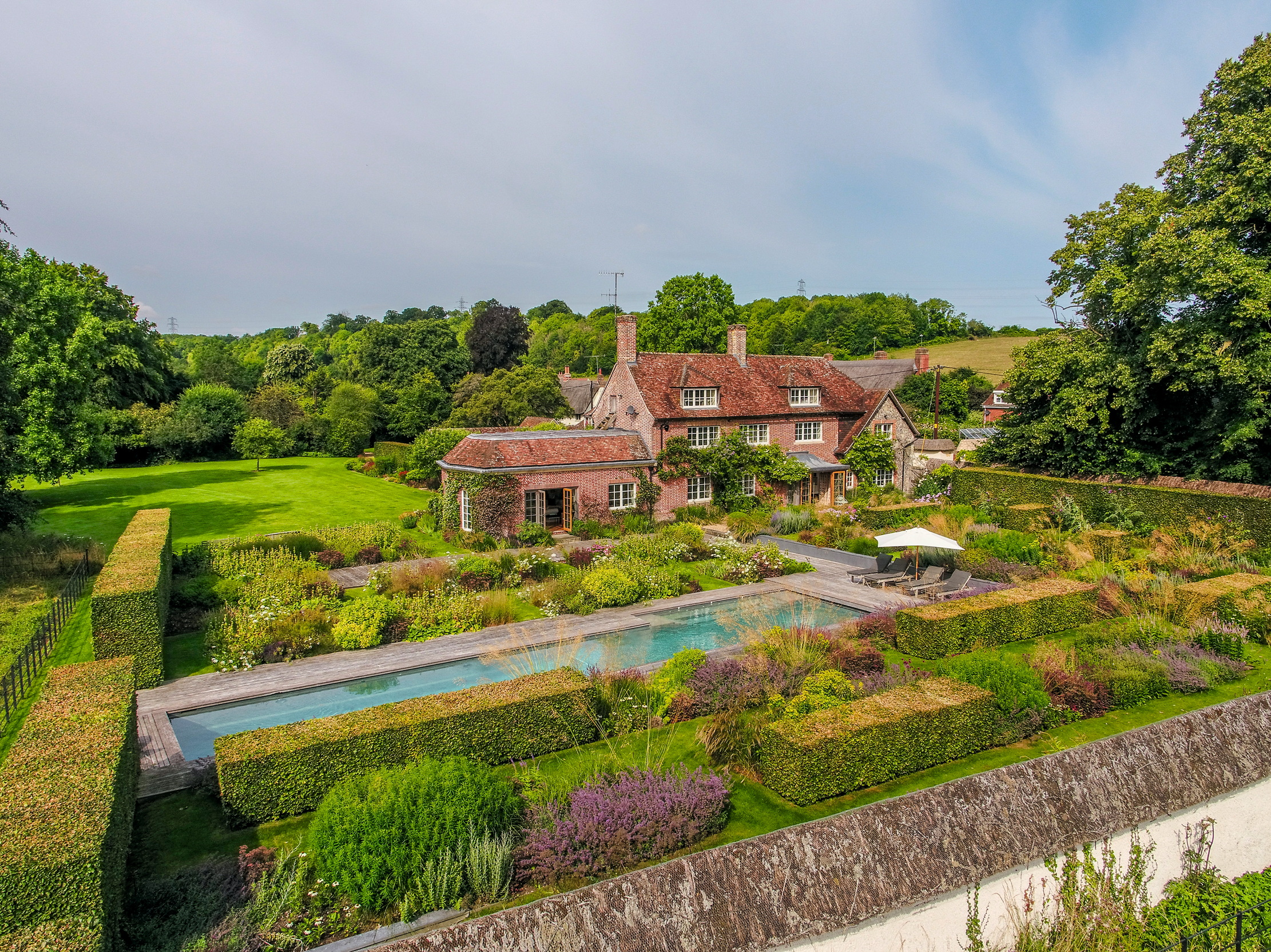
Credit: Strutt and Parker
Best country houses for sale this week
An irresistible West Country cottage and a magnificent Cumbrian country house make our pick of the finest country houses for
Annunciata grew up in the wilds of Lancashire and now lives in Hampshire with a husband, two daughters and an awful pug called Parsley. She’s been floating round the Country Life office for more than a decade, her work winning the Property Magazine of the Year Award in 2022 (Property Press Awards). Before that, she had a two-year stint writing ‘all kinds of fiction’ for The Sunday Times Travel Magazine, worked in internal comms for Country Life’s publisher (which has had many names in recent years but was then called IPC Media), and spent another year researching for a historical biographer, whose then primary focus was Graham Greene and John Henry Newman and whose filing system was a collection of wardrobes and chests of drawers filled with torn scraps of paper. During this time, she regularly gave tours of 17th-century Milton Manor, Oxfordshire, which may or may not have been designed by Inigo Jones, and co-founded a literary, art and music festival, at which Johnny Flynn headlined. When not writing and editing for Country Life, Annunciata is also a director of TIN MAN ART, a contemporary art gallery founded in 2021 by her husband, James Elwes.
-
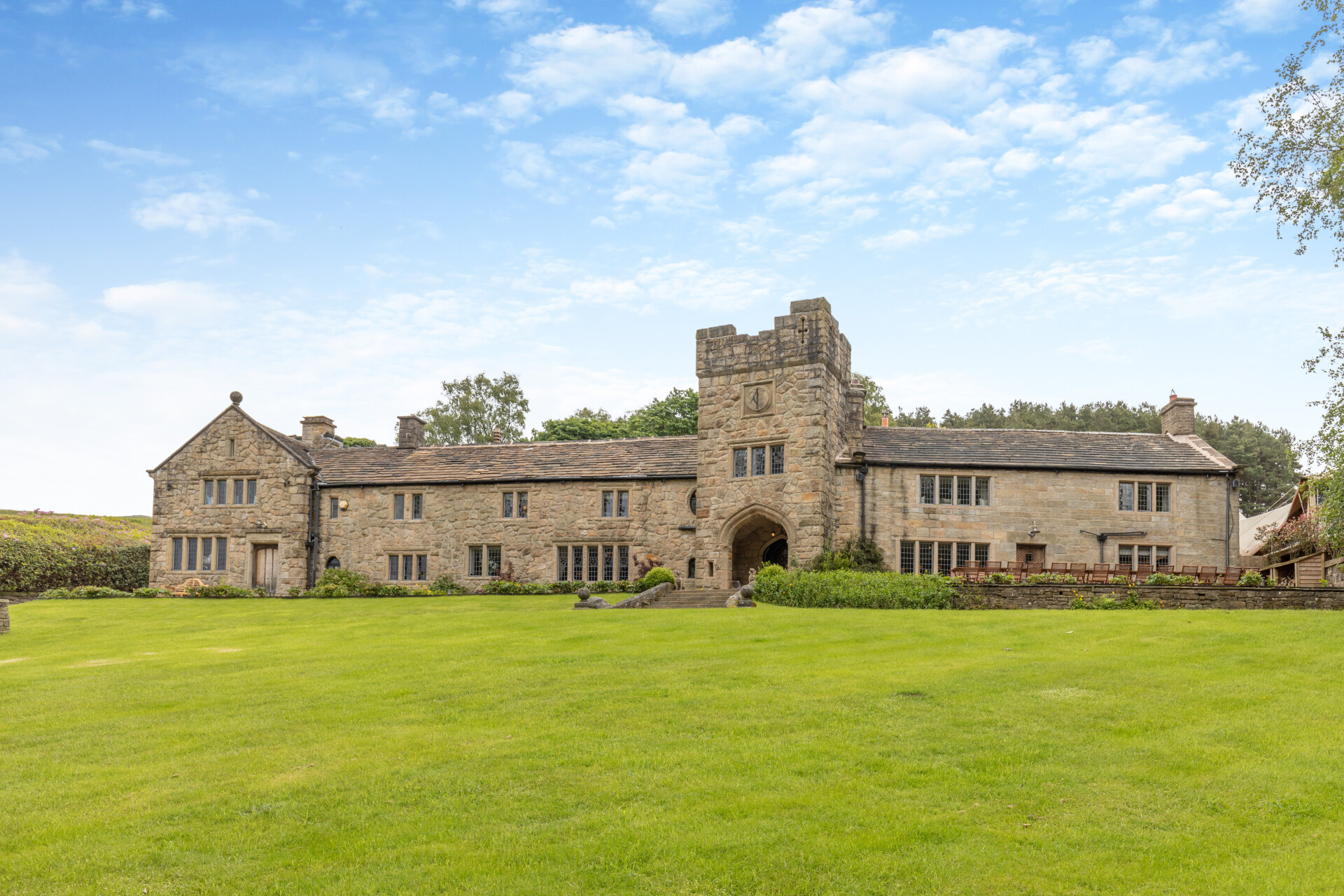 Some of the finest landscapes in the North of England with a 12-bedroom home attached
Some of the finest landscapes in the North of England with a 12-bedroom home attachedUpper House in Derbyshire shows why the Kinder landscape was worth fighting for.
By James Fisher
-
 The Great Gatsby, pugs and the Mitford sisters: Country Life Quiz of the Day, April 16, 2025
The Great Gatsby, pugs and the Mitford sisters: Country Life Quiz of the Day, April 16, 2025Wednesday's quiz tests your knowledge on literature, National Parks and weird body parts.
By Rosie Paterson
-
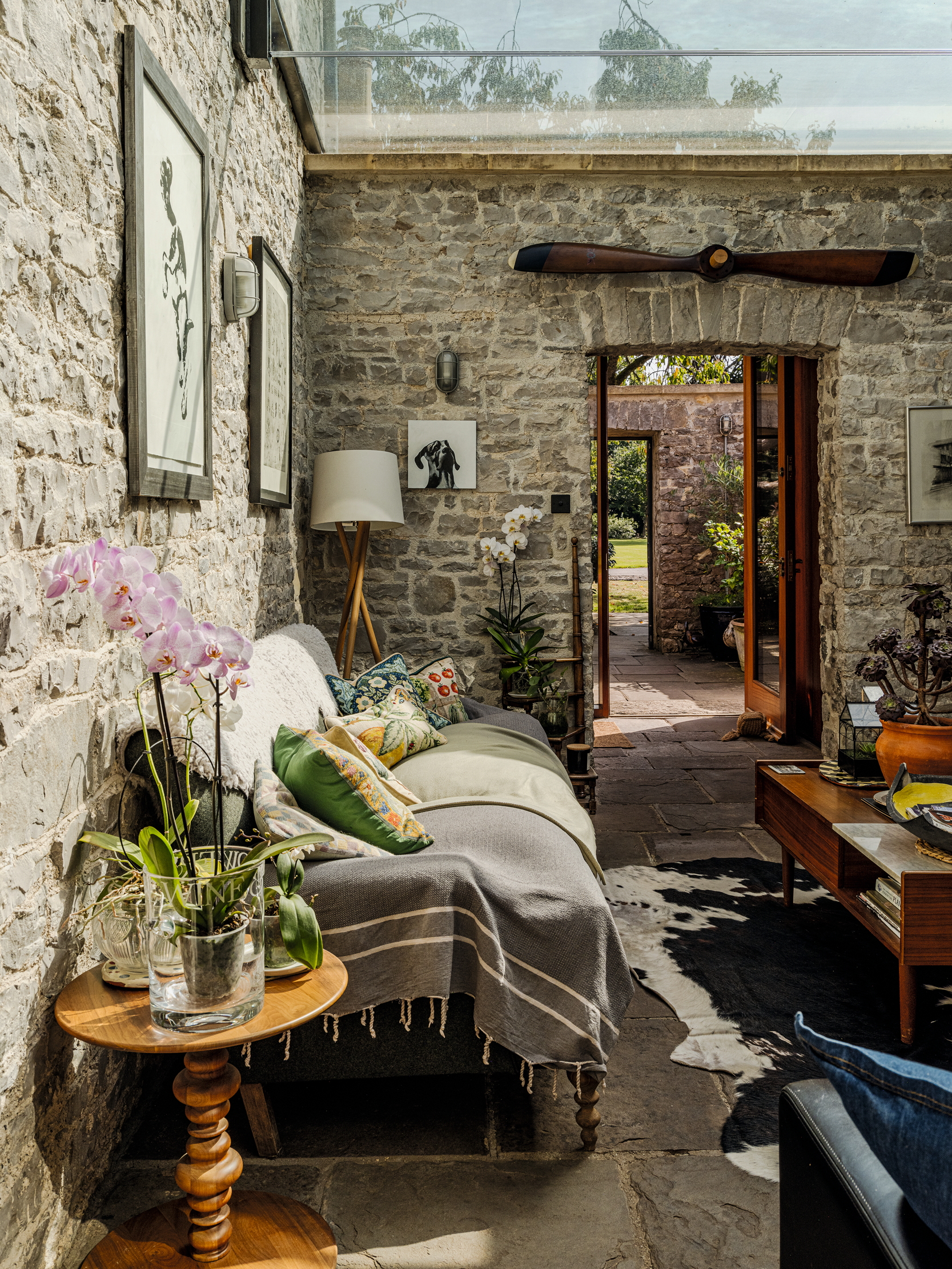 'Halfway between a restoration and an environmental research project' — A transformed Georgian country house
'Halfway between a restoration and an environmental research project' — A transformed Georgian country houseThe ingenious integration of the polite and service rooms of handsome Marlwood Grange in Gloucestershire has created a modern family home.
By Jeremy Musson
-
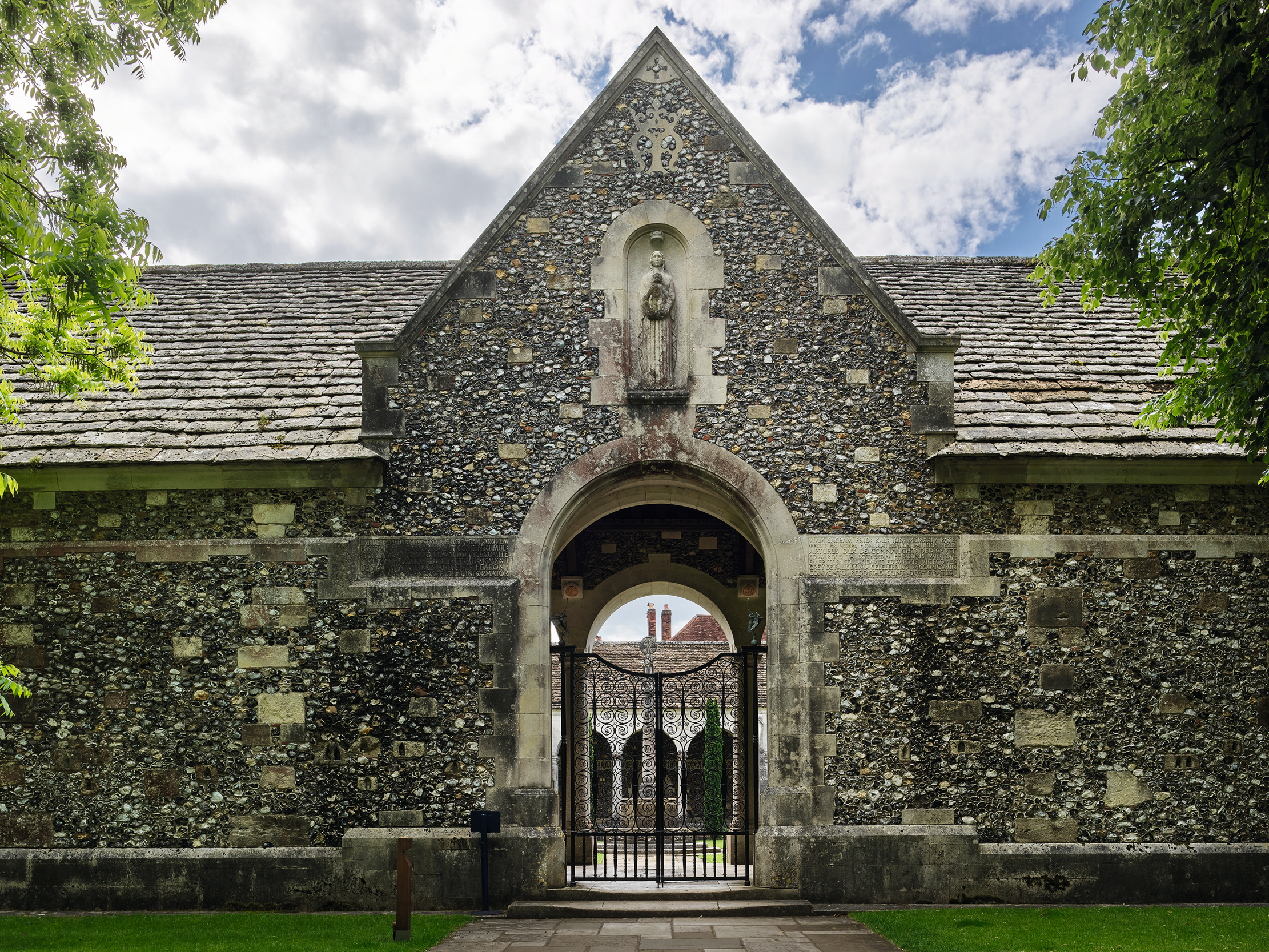 The War Cloister, Winchester College: A moving and elegant memorial to the Winchester boys who lost their lives in the World Wars
The War Cloister, Winchester College: A moving and elegant memorial to the Winchester boys who lost their lives in the World WarsThe architect Sir Herbert Baker was the creator of the War Cloister at Winchester College, perhaps the greatest of his many public-school war memorials. Timothy Mowl explores the history of this remarkable monument.
By Country Life